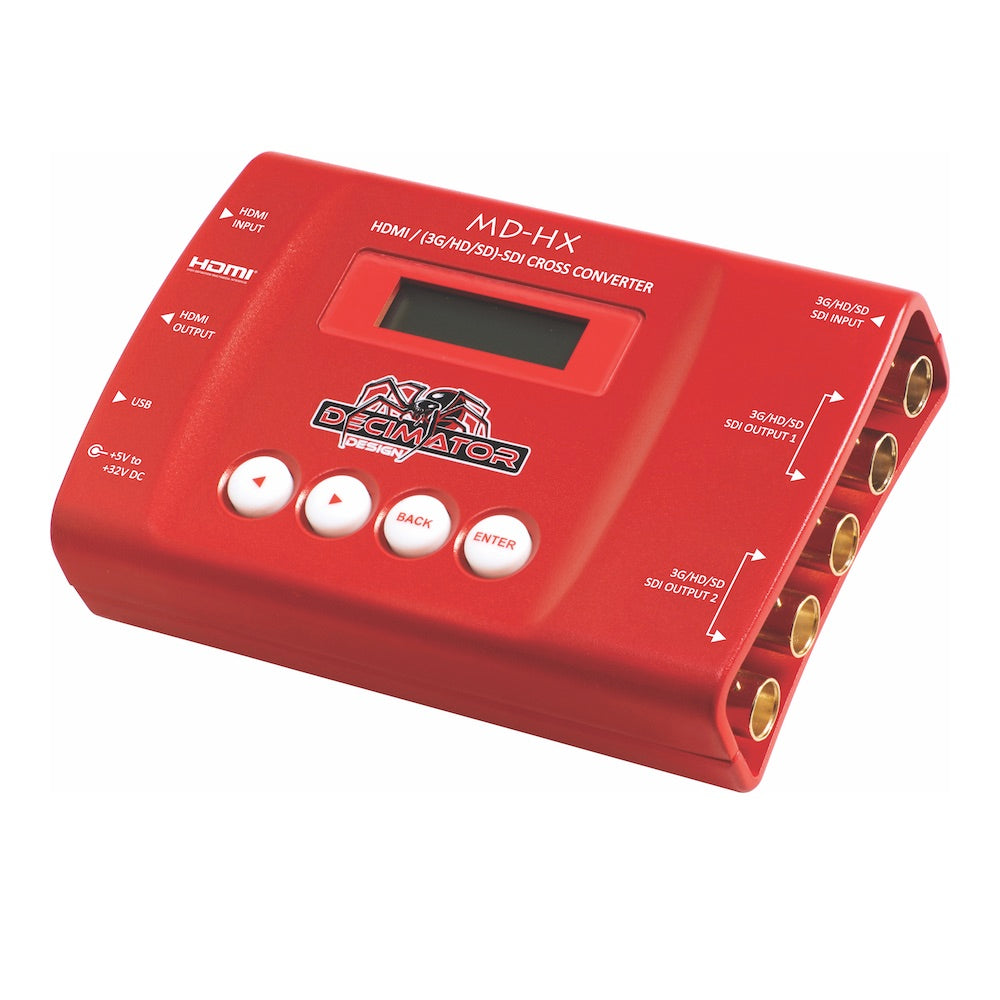It's the company joke that a couple of our clients have very unique feature requests, and that they ask this exact question from time to time. "Do you mean to tell me that no one makes a ?"
In the discovery phase of video system planning, we ask lots of questions. We find that some churches are concerned more about presentation of computer graphics (still images and motion backgrounds, along with file-based video), and others are focused on having live video as the primary source. Choosing one or the other makes it easier on us, but the more common answer is that our clients want both.
If you're using live video (cameras) for a typical event like a worship service, you have two audiences – the people who attend live, and the people who do not. And if you think about it, the needs of each group are very different. The live audience may not need to see the faces of those leading the event, but the audience watching your video stream or recording certainly does. How will you allow both to only see what they need to see?
Our challenge is finding a way to do both, and doing it well.
Well-designed live video systems (often called IMAG or image magnification) require that the video on the screen, the audio from the sound system and the live action be relatively close in terms of time. Time alignment of video is not so critical when simply displaying computer graphics in a presentation environment.
Less expensive presentation switchers don't handle live video to image transitions very well or process those images very quickly, so we find ourselves seeking reliable ways to integrate images from computer and recorded files, and consumer-grade DVD players into more of a broadcast or production environment.
Connecting your computer's audio and video into your production switcher seems easy enough, right?! Just connect the HDMI output of the computer to an HDMI to SDI converter and the SDI output to the production switcher and you're done, right?! Unfortunately, it's not always that easy.
Many churches have a primary computer that displays graphics images in the main worship space, some add a pastor's laptop for sermon notes, an additional computer running announcements on other displays around the building, and even a guest or event computer.
Blackmagic makes high-quality, low-mid priced production switchers that are very popular. We integrate lots of them into church production and presentation environments. But they are really designed for live production (primarily with cameras and maybe one computer).
Here's the catch. Since Blackmagic switchers require that all input signals be set for the same resolution and frame rate, in order to achieve seamless (glitch-free) switching.
Most video cameras have output formats of 720/59.94P, 1080/59.94i, 1080/29.97P, but the typical computer or consumer-grade DVD player has an output format of 720/60P, 1080/60i, 1080/30P. Despite the fact that 720/59.94P and 720/60P seem pretty close, they are not directly compatible.
So what do you do if you want to connect your computer or DVD player (a non-broadcast video device outputting 720/60P) to a Blackmagic broadcast video switcher that can only accept 720/59.94P? Enter the need for standards conversion.
In trying to come up with an easy and reasonably-priced solution to the issue, we discovered the Decimator Designs MD-HX. On the surface, it looks like a typical HDMI to SDI converter, except that it is bi-directional and will convert SDI to HDMI, too, and can do both SDI-HDMI and HDMI-SDI at the same time.
At $295, the MD-HX solves a lot of problems. It can convert just about any HDMI signal to any SDI format (and vice-versa), it can re-clock problem signals, it displays the actual input resolution and frame rate on its LCD screen, and has on-screen menus or can be configured from software via USB. It can also serve as a 1x4 SDI distribution amplifier.
The MD-HX will convert your computer's HDMI video output to something that a Blackmagic production switcher can use. And it's a very handy tool otherwise.
When we're tasked with the question, "Do you mean to tell me that no one makes a box that converts HDMI to SDI and that can convert from 60 to 59.94?", it's nice to finally be able to say that we have a good solution at a reasonable price.
Let us help you bring your ideas to life.

